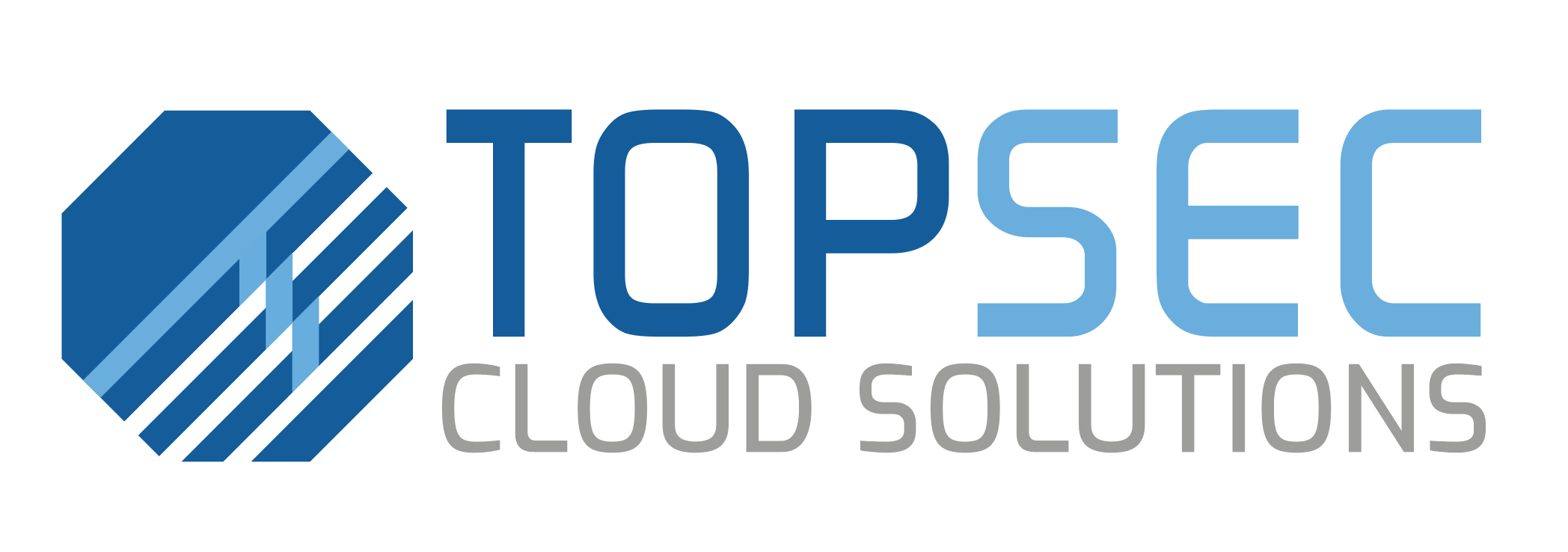Enhancing Email Security with DMARC: A Must for Businesses in 2024

Navigating the New DMARC Landscape Google & Yahoo’s 2024 Regulations & Error Codes Get a Quote Download Datasheet Email Security >DMARC Navigating the New DMARC Landscape: Google & Yahoo’s 2024 Regulations It can seem strange to link Valentine’s Day with DMARC rules, but the month of love has something to tell us about how we treat our email recipients. And the two largest email platform providers in the world are driving this point home. As of February 2024, Google and Yahoo have implemented stringent DMARC (Domain-based Message Authentication, Reporting, and Conformance) regulations, significantly impacting how businesses handle email security. For years, Topsec Cloud Solutions has been at the forefront of guiding companies through all of their email security needs. We’re here to do the same with the latest rules. Follow the advice in this blog to ensure your firm is fully compliant with the DMARC requirements. By Cian Fitzpatrick | 14th February 2024 Understanding DMARC and Its Importance in Email Security What is DMARC? DMARC stands for Domain-based Message Authentication, Reporting, and Conformance. This protocol, integrating SPF (Sender Policy Framework) and DKIM (DomainKeys Identified Mail), is crucial in verifying email authenticity. In turn, ensuring an email really is from who it says it is from reduces the risk of cyber threats such as phishing and spoofing. Now we can see the Valentine’s link! Verifying your email authenticity is how you treat your email recipients well! The Mechanics of DMARC: SPF and DKIM The DMARC protocol hinges on two foundational elements: SPF, which confirms the origin of incoming emails. And DKIM, employing asymmetric encryption to authenticate emails and prevent identity forgery. The Impact of Google and Yahoo’s DMARC Rules on Businesses Adapting to the New Standards The recent mandate from Google and Yahoo necessitates businesses sending over 5,000 emails daily to adopt DMARC technology. This move is aimed at reinforcing trust in digital communications and safeguarding against electronic fraud. Therefore it’s safe to say that adopting DMARC rules in your own organisation is not only a compliance issue. It’s a strategic move towards strengthening your email integrity, fortifying your cyber threat defences and ultimately taking care of your brand’s reputation. In this era, where email communication forms the backbone of corporate communication, ensuring that emails are verified and trusted has never been more critical. Your emails are the vital conduit between you and your customers. For this reason, businesses must understand that DMARC implementation is more than a technical requirement. It’s a commitment to upholding the highest standards in digital communication. By aligning with these new standards, businesses can demonstrate their dedication to cybersecurity. This goes a long way to enhancing your reputation and building stronger relationships with clients who value security and reliability. Moreover, with the proliferation of sophisticated phishing attacks and email scams, DMARC acts as a frontline defence, ensuring that the emails businesses send and receive are legitimate and safe. Start your free dmarc trial today Start Trial The Consequences of Non-Compliance Failing to align with these standards could lead to significant communication barriers, as emails may be rejected by these platforms. This change underscores the importance of adopting DMARC not just for compliance but for enhancing digital security and maintaining corporate integrity. If your organisation doesn’t comply with these rules, email rejection will be just one of the consequences you face. You’ll also need to account for diminished brand reputation. It’s not difficult to see how customers and partners would lose trust in an organisation’s ability to secure its communication channels. In the worst-case scenario, businesses may find themselves vulnerable to cyber-attacks, including phishing and spoofing. The devastating consequences of these attacks, ranging from data breaches to financial losses, are frequently reported in the media. Moreover, non-compliance could also translate into legal challenges, especially for businesses in industries regulated for data protection and privacy. Therefore, it is imperative for organisations to understand that adhering to these new email security standards is not an option but a necessity. The proactive adoption of DMARC can serve as a badge of honour, showcasing a company’s commitment to security and modern best practices in digital communication. So there’s a marketing and business development win here too. Recognising Various Google & Yahoo Error codes Google and Yahoo will start rejecting a portion of email correspondence from users who don’t comply fully by the deadline in the coming months. You may receive particular error codes and messages if your emails are refused because they don’t follow these new guidelines. These codes are useful bits of information that can help you solve the problems; they are not just arbitrary strings of characters and numbers. Google Error Codes Google offers transparent explanations for each email rejection. These are a few of the error codes that you can see if you don’t follow Google’s guidelines for senders. 550, “5.7.26” Unauthenticated email from domain-name is not accepted due to domain’s DMARC policy. Please contact the administrator of domain-name domain. If this was a legitimate mail please visit Control unauthenticated mail from your domain to learn about the DMARC initiative. If the messages are valid and aren’t spam, contact the administrator of the receiving mail server to determine why your outgoing messages don’t pass authentication checks. 550, “5.7.26” This message does not have authentication information or fails to pass authentication checks (SPF or DKIM). To best protect our users from spam, the message has been blocked. 550, “5.7.26” This message fails to pass SPF checks for an SPF record with a hard fail policy (-all). To best protect our users from spam and phishing, the message has been blocked. 550, “5.7.1” The IP you’re using to send mail is not authorized to send email directly to our servers. This usually happens when the IP address used has been blacklisted. You can access the full list of Googles error codes here. Yahoo Error Codes The error codes you’ll encounter due to non-compliance with Yahoo’s sender requirements are 5xx (553 and 554). Here’s what receiving these error codes indicates: Authentication failures Your email failed one or more authentication checks

